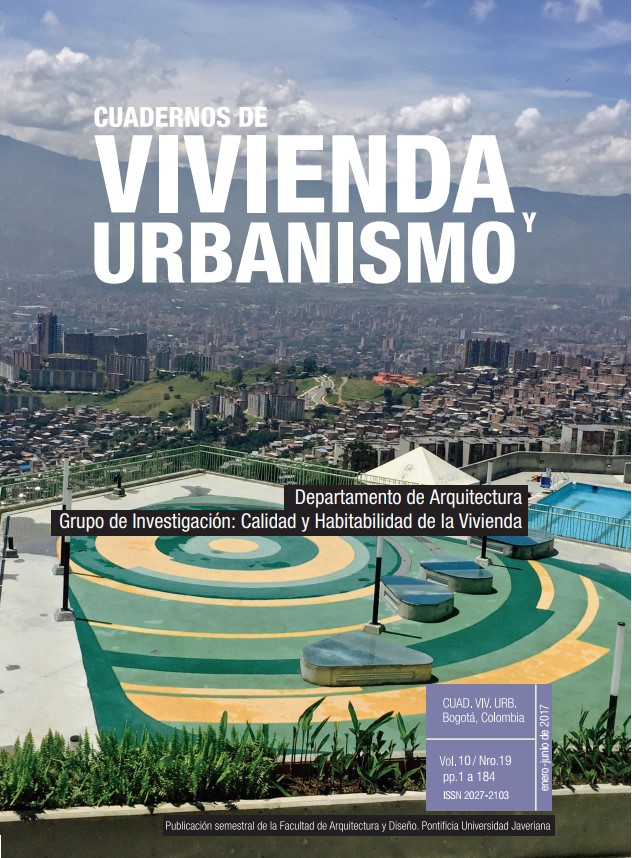Abstract
This article stems from the doctoral research "The house lived or the world made by ourselves. An approach to design on the ways everyday architecture is worked in San Jose, Manizales - Colombia,” in an attempt to bring disciplinary knowledge closer to the subjective notions that determine other world-building logics through the materiality of domestic space. This first scenario of the physical-symbolic relationship of the subject with the world finds in the body the condition of possibility of said relationship, that is, the "there" of "being" with things and, therefore, with the world. This ethnomethodology-driven qualitative research subverts the logics normally used in the approaches to architectural deeds as products of culture and reveals the value of the poetic logics of working onto another, and their inalienable link with the dynamics of everyday life.
This journal is registered under a Creative Commons Attribution 4.0 International Public License. Thus, this work may be reproduced, distributed, and publicly shared in digital format, as long as the names of the authors and Pontificia Universidad Javeriana are acknowledged. Others are allowed to quote, adapt, transform, auto-archive, republish, and create based on this material, for any purpose (even commercial ones), provided the authorship is duly acknowledged, a link to the original work is provided, and it is specified if changes have been made. Pontificia Universidad Javeriana does not hold the rights of published works and the authors are solely responsible for the contents of their works; they keep the moral, intellectual, privacy, and publicity rights.
Approving the intervention of the work (review, copy-editing, translation, layout) and the following outreach, are granted through an use license and not through an assignment of rights. This means the journal and Pontificia Universidad Javeriana cannot be held responsible for any ethical malpractice by the authors. As a consequence of the protection granted by the use license, the journal is not required to publish recantations or modify information already published, unless the errata stems from the editorial management process. Publishing contents in this journal does not generate royalties for contributors.


